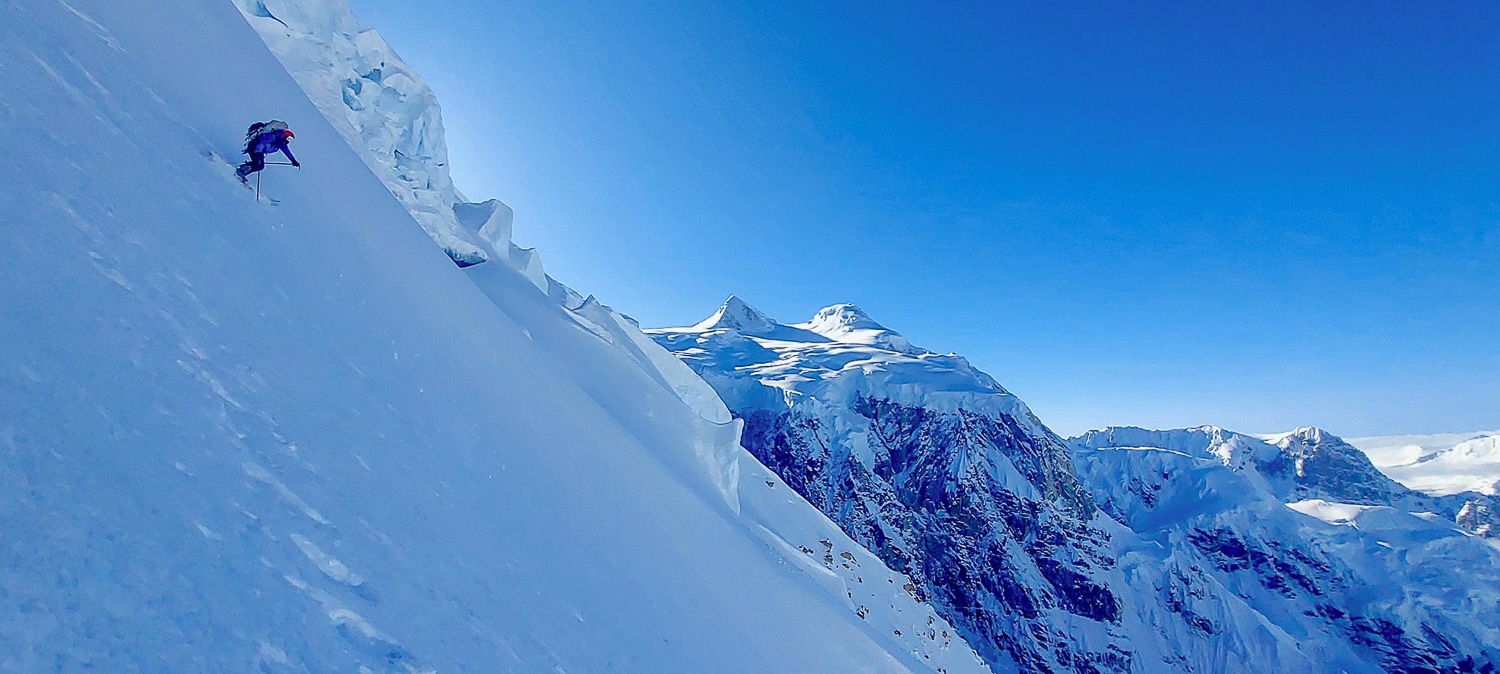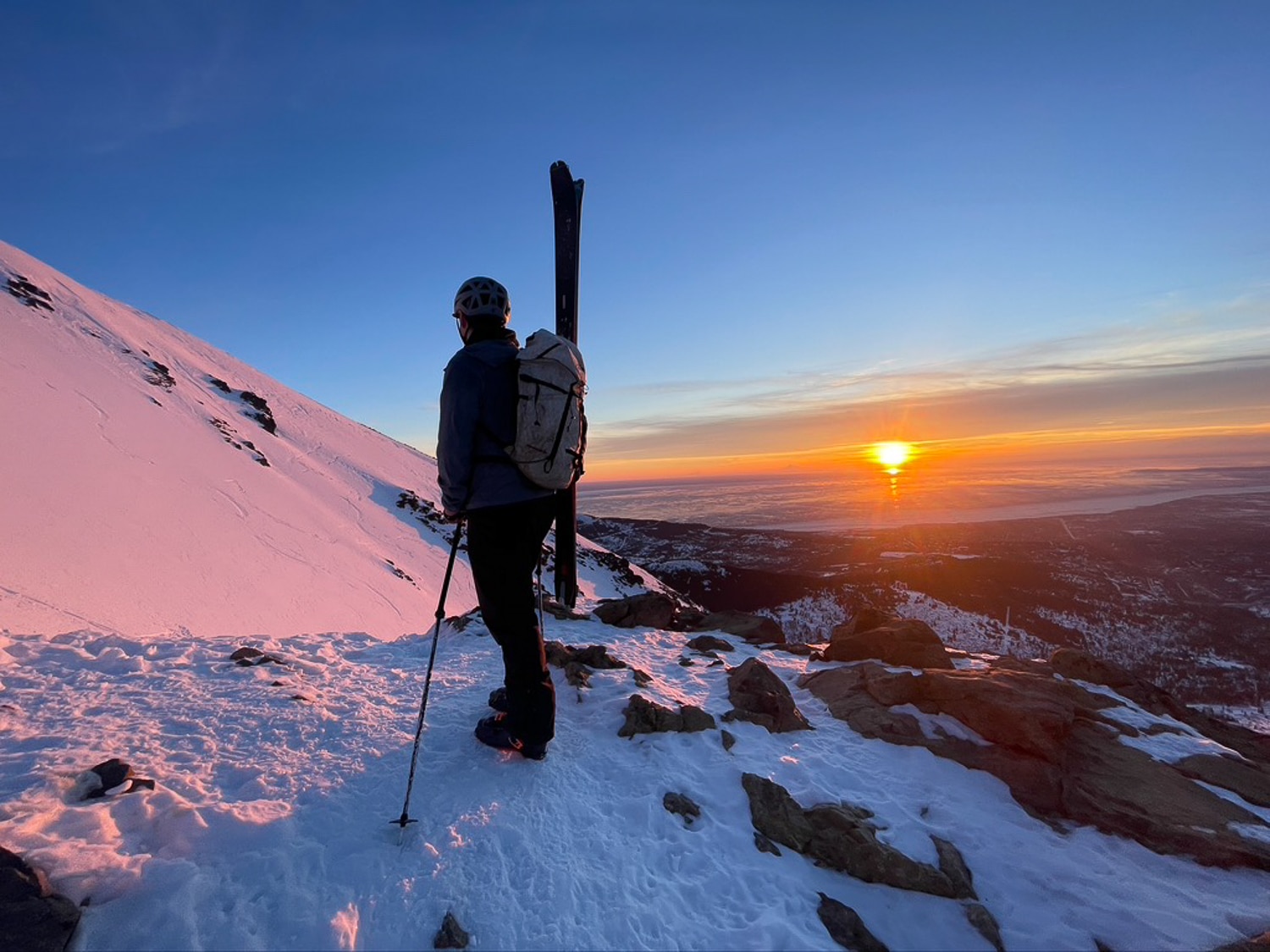Glass half full, we remain optimistic. Let’s also eye reality on the ground—it’s been a few weeks, and lots of weather has happened: wet weather and Arctic cold weather and warming trends that had a friend text yesterday: “The skiing got f$&*ed here today….”
Context is everything, and where you are likely means everything. Locally, the skiing got *&^%’ed more than a week ago. Roughly 140 miles from the Pacific Ocean, with an El Niño year on tap, the warmer winter has brought us plenty of moisture in the form of rain. That moisture is great for the skin complexion, and our otherwise dryish, sometimes dusty, low-humidity air now carries bouquets of Juniper and Sage.
As human-powered skiers/riders, we want snow and prefer lots of low-density (meaning low-SWE) snow that falls upon the hills in cycles that refresh tracked-out runs. That, in many ways, is the ideal.
Generally, a higher SWE on the ground means we have good skiing and are setting up for fewer drought declarations, spicier river runs for the floaters/boaters out there, and a more robust corn season.
We are further into the winter, so we see SWE totals bumping (even if clawing) their way up the percent scale as it reflects the 1991-2020 median.
Like our earlier SWE updates, Alaska and the Coast Range look good. SWE as a % of the median has fallen, but it looks solidly SWE-rich up yonder.






Leave a Reply
You must be logged in to post a comment.